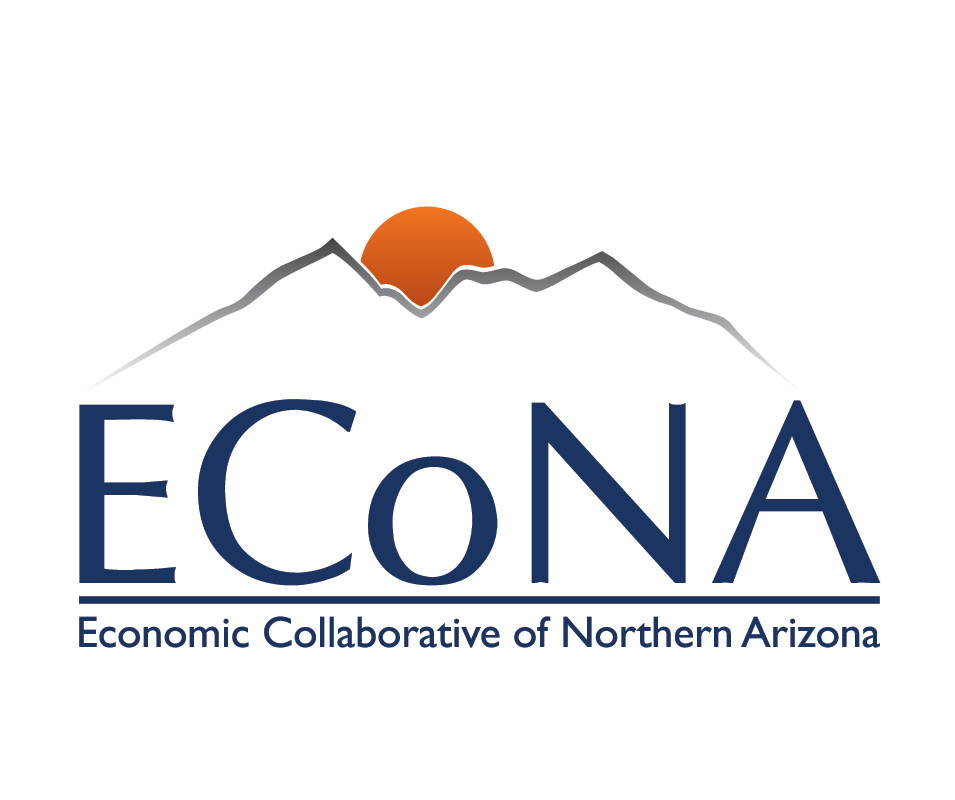 A century ago, the economic corridor in Northern Arizona was primarily made up of smaller economies – very separate and very different.
A century ago, the economic corridor in Northern Arizona was primarily made up of smaller economies – very separate and very different.
Flagstaff was all about forestry; cattle dominated in Williams; and Winslow was created for the railroad (in fact, it is believed the town was actually named for railroad executive Edward F. Winslow).
And while Northern Arizona hasn’t developed into one sprawling region, with one town or city abutting the next straight along the length of I-40, over time it has become more cohesive, with more inter-connectivity between communities.
In fact, you might be surprised to know how big a commuting workforce we have here in Northern Arizona.
An analysis through the “On the Map” tool developed by the US Census Bureau’s Center for Economic Studies shows that in 2014, just over 24,600 people both lived and worked in the greater Flagstaff area. But the analysis also showed that even more people either commuted to Flagstaff for work (16,218 individuals) or, conversely, lived in the Flagstaff region and traveled elsewhere for their jobs (12,038).
For the purposes of the study, the greater Flagstaff area included Fort Valley, Doney Park, Kachina Village and Mountainaire.
Further analysis indicates that close to 38 percent of the Northern Arizona “labor shed” travels in excess of 50 miles to get to work.
One major benefit of our on-the-go workforce is that businesses can draw from a larger area when looking for workers, and are not necessarily tied to their immediate local labor pool.
This flexibility is one more benefit those fostering economic development can point to when attracting more high paying businesses to the region.
Sincerely,
John Stigmon
ECONA Vice President

